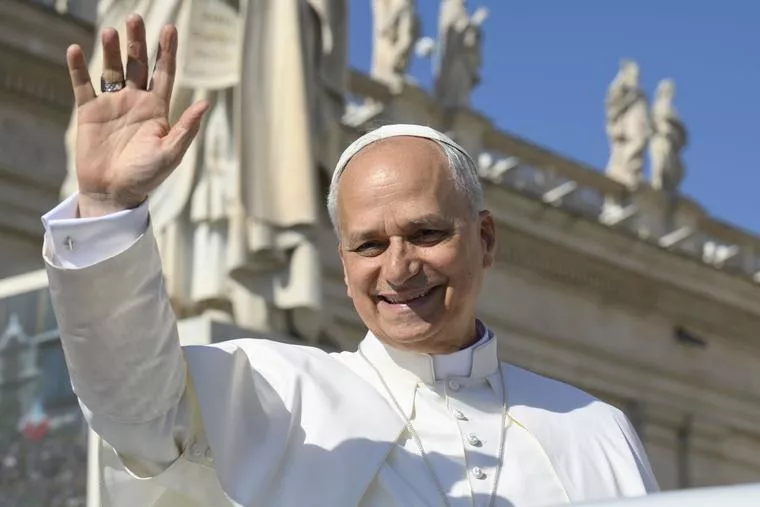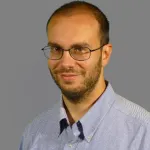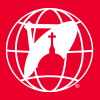
ANALYSIS: Pope Leo XIV’s expected appointment signals renewed emphasis on the ceremonial and symbolic role of the Holy Father’s household.
The post of prefect of the Papal Household has been vacant since the Vatican’s brief announcement in June 2023 that Archbishop Georg Gänswein’s term had ended the previous February.
SIGN UP FOR OUR NEWSLETTER HERE
But in effect, the position has been unfilled since 2020, when Pope Francis asked Archbishop Gänswein not to return to work.
Since then, the Prefecture of the Papal Household has been managed by the No. 2 in command, or regent, Msgr. Leonardo Sapienza. Now, however, Pope Leo XIV appears poised to appoint a new prefect.
Why is the prefect of the Pontifical Household so important? Because it is the responsibility of the prefecture — not the protocol office of the Secretariat of State — to organize the private visits the pope receives. The pope officially and solemnly receives monarchs, heads of state, heads of government, and ambassadors when they present their letters of credence. That the prefecture manages these visits has a symbolic meaning, as do all ceremonial tasks at the Vatican: It signals that the pope receives guests not as mere officials, but as dignitaries and members of his family.
In this way, Vatican protocol emphasizes that, first and foremost, the heads of state and government are meeting with a father — indeed, with the father, the Vicar of Christ on earth. In practice, however, many details of traditional state visits have become practically obsolete. The last proper state visit was that of Italian President Sergio Mattarella to Pope Francis in 2015, highlighting the primarily catechetical focus of these meetings.
The prefect of the Papal Household, therefore, plays an important role: He guides the pope’s “family,” sitting at the pope’s right during state visits, and manages all formalities. He serves as a sort of “bridge” between the pope and his guests.
Pope Francis did not formally have a prefect, even though the regent ultimately managed everything. This reflected Pope Francis’ intention to place less importance on matters of ceremony, focusing more on the personal nature of meetings.
Pope Leo XIV, however, has taken a different approach from the very beginning.
Unlike Pope Francis, Pope Leo always wears papal choir attire on official occasions — including the red mozzetta (the short, mid-shoulder cape) and stole. Following tradition, he omits the stole when the visiting head of state is not Catholic, as was the case during his meeting with Argentinian President Javier Milei on June 7.
This attention to symbols suggests that the Pope aims to restore the entire structure of the Prefecture of the Papal Household, beginning with the appointment of a new prefect.
That appointment may well be one of the first of his pontificate. Who will he choose?
He could choose a trusted person, regardless of previous experience — as was the case with Archbishop Gänswein — or he could choose a diplomat, thus creating a more direct connection between the prefecture and the Secretariat of State.
According to rumors, Leo XIV is inclined to seek a liaison figure who is faithful to his vision of unity. The candidate who seems to be gaining the most traction is Archbishop Petar Rajič, a Canadian of Croatian origin who has been in the diplomatic service of the Holy See since 2003. He was the pope’s ambassador to Yemen and the United Arab Emirates from 2010 to 2015; to Angola and São Paulo, Brazil, from 2015 to 2017; to the island country of São Tomé and Príncipe from 2015 to 2019; and to Lithuania, Latvia and Estonia from 2019 to 2024. He is currently the apostolic nuncio to Italy.
Archbishop Rajič is highly esteemed by the Pope, with whom he shares both North American birth and European origins, along with a strong work ethic. He also appears to be the preferred candidate of the Secretariat of State, as he would be a valuable link between the prefecture and Secretariat, like Archbishop (now Cardinal) James Harvey, prefect of the Papal Household from 1998 to 2012.
In short, there are both similarities and differences with past appointments. What seems clear is that Leo XIV wants to build a trusted team to manage the audiences, collaborate with the Secretariat of State, and ensure meetings proceed as smoothly as possible.
The renewed importance of the Prefecture of the Papal Household would, in effect, represent a return to the centrality of the Papal Household.
Reformed by Pope St. Paul VI in 1968, the prefecture assumes the responsibilities of four previous Vatican offices: the Office of the Butler of His Holiness, the Master of the Chamber, the now-suppressed Sacred Congregation for Ceremonies, and the Heraldic Commission.
Today, the prefecture is responsible for overseeing the internal order of the Apostolic Palace, the daily antechamber service, the formal audiences that the Pope grants to heads of state and public authorities, the presentation of credentials for the accreditation of new ambassadors, and — except for liturgical matters, which fall under the Office of the Liturgical Celebrations of the Supreme Pontiff — the organization of all religious ceremonies in Rome and Italy. It also arranges general and special audiences and ensures that precedence is respected in the chapel and the Papal Household.
The prefecture also establishes the protocol, order and ranking that must be observed in all ceremonies involving cardinals, ambassadors and dignitaries, regulating precedence among ecclesiastical and laypeople who meet with the supreme pontiff.
This differs from the Protocol Office of the Secretariat of State. That office, in addition to handling relations with the diplomatic corps, is responsible for procedures related to the approval of new ambassadors and for welcoming them upon their arrival in Rome. It conducts initial protocol visits to the substitute for general affairs to deliver copies of their credentials, and to the secretary for relations with states and international organizations for the official announcement of the solemn audience for the presentation of credentials to the supreme pontiff. It also oversees other formalities related to diplomatic officials accredited to the Holy See.
The office also handles requests for visits to the Holy Father and the dispatch of temporary pontifical missions or special envoys.
In short, the two offices have distinct but complementary roles. By choosing a diplomat as prefect, Leo XIV could unify and strengthen the work of these two key bodies.
This article was originally published by NCRegister.

Andrea Gagliarducci is an Italian journalist for Catholic News Agency and Vatican analyst for ACI Stampa. He is a contributor to the National Catholic Register.








